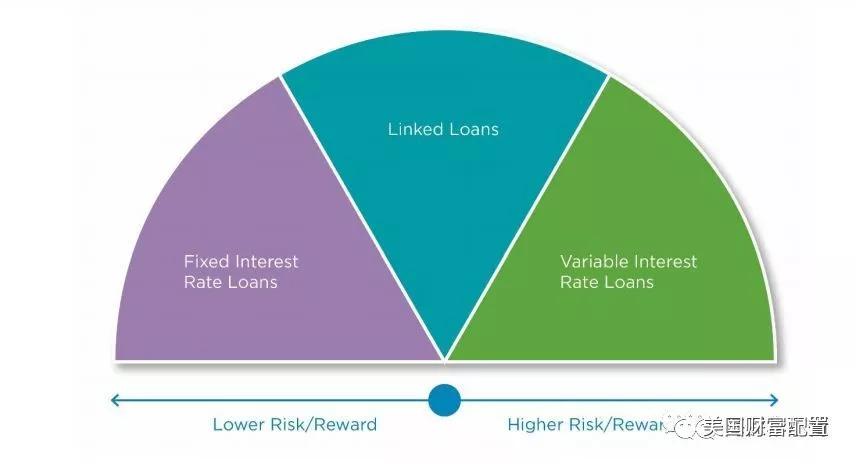Understanding Variable Loans: A Comprehensive Guide to Flexible Financing Options
#### What is a Variable Loan?A variable loan, also known as an adjustable-rate loan, is a type of loan where the interest rate can change over time. Unlike……
#### What is a Variable Loan?
A variable loan, also known as an adjustable-rate loan, is a type of loan where the interest rate can change over time. Unlike fixed-rate loans, where the interest rate remains constant throughout the loan term, variable loans can fluctuate based on market conditions or a specific benchmark rate. This variability can lead to lower initial payments, but it also introduces the risk of increased payments if interest rates rise.
#### How Variable Loans Work
Variable loans typically start with a lower interest rate than fixed loans, making them attractive for borrowers looking to save money in the short term. The initial rate, often called the "teaser rate," is usually fixed for a specific period, after which it adjusts at regular intervals—commonly annually. The adjustments are based on a specific index, such as the LIBOR (London Interbank Offered Rate) or the prime rate, plus a margin set by the lender.
For example, if a borrower takes out a variable loan with an initial rate of 3% for the first five years, and the index rate rises to 4% after that period, the borrower's interest rate may adjust to 4.5% (4% index + 0.5% margin) for the next period. This means that the borrower's monthly payments will increase, potentially leading to financial strain if they are not prepared for the change.

#### Advantages of Variable Loans
One of the primary advantages of variable loans is the potential for lower initial payments. Borrowers can benefit from reduced interest rates in the early stages of the loan, which can free up cash for other expenses or investments. Additionally, if interest rates remain stable or decrease, borrowers can enjoy lower overall costs compared to fixed-rate loans.
Another benefit is the flexibility that variable loans offer. Many lenders provide options for borrowers to convert their variable loans to fixed-rate loans if they anticipate rising interest rates. This feature can provide peace of mind for those concerned about future financial commitments.
#### Disadvantages of Variable Loans

Despite their advantages, variable loans come with inherent risks. The most significant downside is the uncertainty of future payments. If interest rates rise significantly, borrowers may find themselves facing much higher monthly payments than they initially anticipated. This can lead to financial strain and, in extreme cases, default on the loan.
Moreover, the complexity of variable loans can be daunting for some borrowers. Understanding how the interest rate adjustments work, the specific index used, and how the margin affects overall costs requires careful consideration and financial literacy.
#### Who Should Consider a Variable Loan?
Variable loans may be suitable for borrowers who plan to stay in their home for a short period or those who anticipate a stable or declining interest rate environment. Additionally, individuals with a higher risk tolerance and a solid financial plan may find value in the initial savings offered by variable loans.

However, it's crucial for potential borrowers to assess their financial situation thoroughly and consider their long-term plans before committing to a variable loan. Consulting with a financial advisor can provide valuable insights and help borrowers make informed decisions.
#### Conclusion
In summary, variable loans offer a unique financing option that can benefit certain borrowers through lower initial rates and flexibility. However, the risks associated with fluctuating interest rates should not be overlooked. By understanding how variable loans work, their advantages and disadvantages, and who they are best suited for, borrowers can make informed decisions that align with their financial goals. Whether you're considering a variable loan for a home purchase or refinancing an existing mortgage, being well-informed is key to navigating the complexities of this financing option.